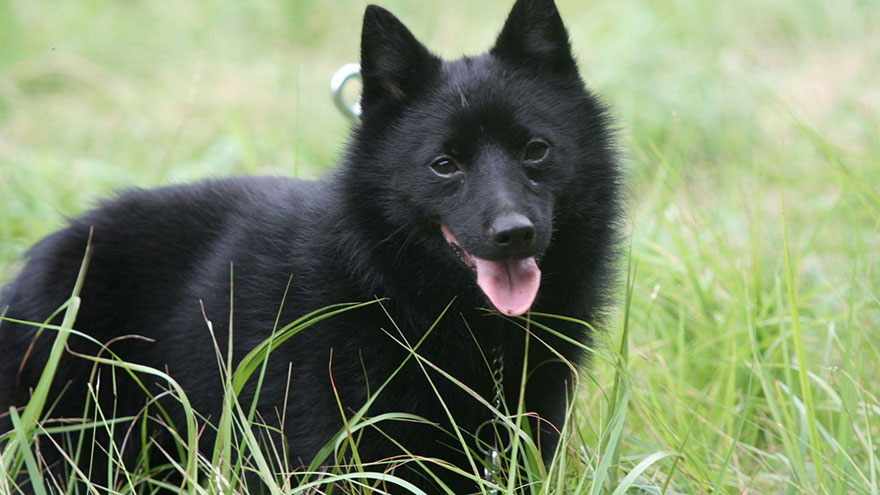Schipperke Health Guide
When considering a new family pet, the Schipperke can be a great choice. If a new owner works with a top breeder and makes sure that the puppy is healthy from the start, the relationship between dog and owner can be a good one.
The Schipperke is typically a low-maintenance pet, especially if the breeder has taken plenty of time to socialize the young dogs. However, as is the case with many purebred dogs, the Schipperke can be prone to certain genetic medical conditions.
Health Problems in the Schipperke
One of the diseases that Schipperke owners should be aware of is MPS IIIB. This newly discovered condition is present in Schipperkes and in some humans. It is also known by the name Sanfilippo syndrome type IIIB. According to medical information from various dog breed specialists, the disease involves lysosomes, “bags” within cells of the body.
These sacs are filled with special enzymes, which disassemble molecules in an orderly manner. If one of the enzymes is missing, due to mutations in the gene for that enzyme, the disassembly stops. Molecules do not break down and thus accumulate in lysosomes. The cells become sick or die, which leads to disease.
A dog that develops MPS IIIB may show signs of tremor, difficulty in maintaining balance or trouble with walking. The disease is progressive, and owners have chosen euthanasia, usually 1 year to 2 years after recognizing clinical signs. Testing is still in the early stages, but results indicate the possibility of the disease in as much as 10 percent to 15 percent of dogs.
There is a special test for the Schipperke breed, available through the University of Pennsylvania. It is highly recommended that every breeding Schipperke be tested for this condition. As you visit breeders and look at their dogs and facilities, you should ask about MPS IIIB, as well as if the dogs have undergone proper testing.

Schipperke owners should also be aware of the possibility of hip dysplasia, a degenerative joint disease that can affect purebred dogs. This disease is one that involves various levels of arthritis. Cartilage lining the joint may not be adequate or may be poorly developed. The condition can lead to pain and problems with movement.
The Orthopedic Foundation for Animals has a test for this condition. Prospective pet owners should be prepared to ask questions about this disease as they visit breeders. Both breeding parents should be certified as free from this disease.
Some eye diseases can also affect the Schipperke. These conditions include Progressive Retinal Atrophy and cataracts. Progressive Retinal Atrophy (PRA) has been recognized as a problem for dogs for many years. The condition first leads to problems with vision in low light and at night. Unfortunately, if the disease continues to progress, it could lead to blindness.
With PRA, the tissue at the back of the eye that absorbs light and sends signals to brain degenerates. Dogs may be able to adopt to early stages of this condition if they are not required to see in low-light conditions. As this disease progresses, the pupils of the eyes dilate in an attempt to get more light. This results in the eyes having a “shine” that is quite noticeable.
The vast majority of Schipperke owners find that their dog is very healthy and requires little more than the usual good care. Schipperkes may live to be 17 or 18 years old with the proper diet and exercise.
Read More About Schipperke
- Schipperke Breed Information
- Schipperke : 10 Most Common Questions
- Schipperke Training Guide
- Owning A Schipperke : Breeder Recommendations

